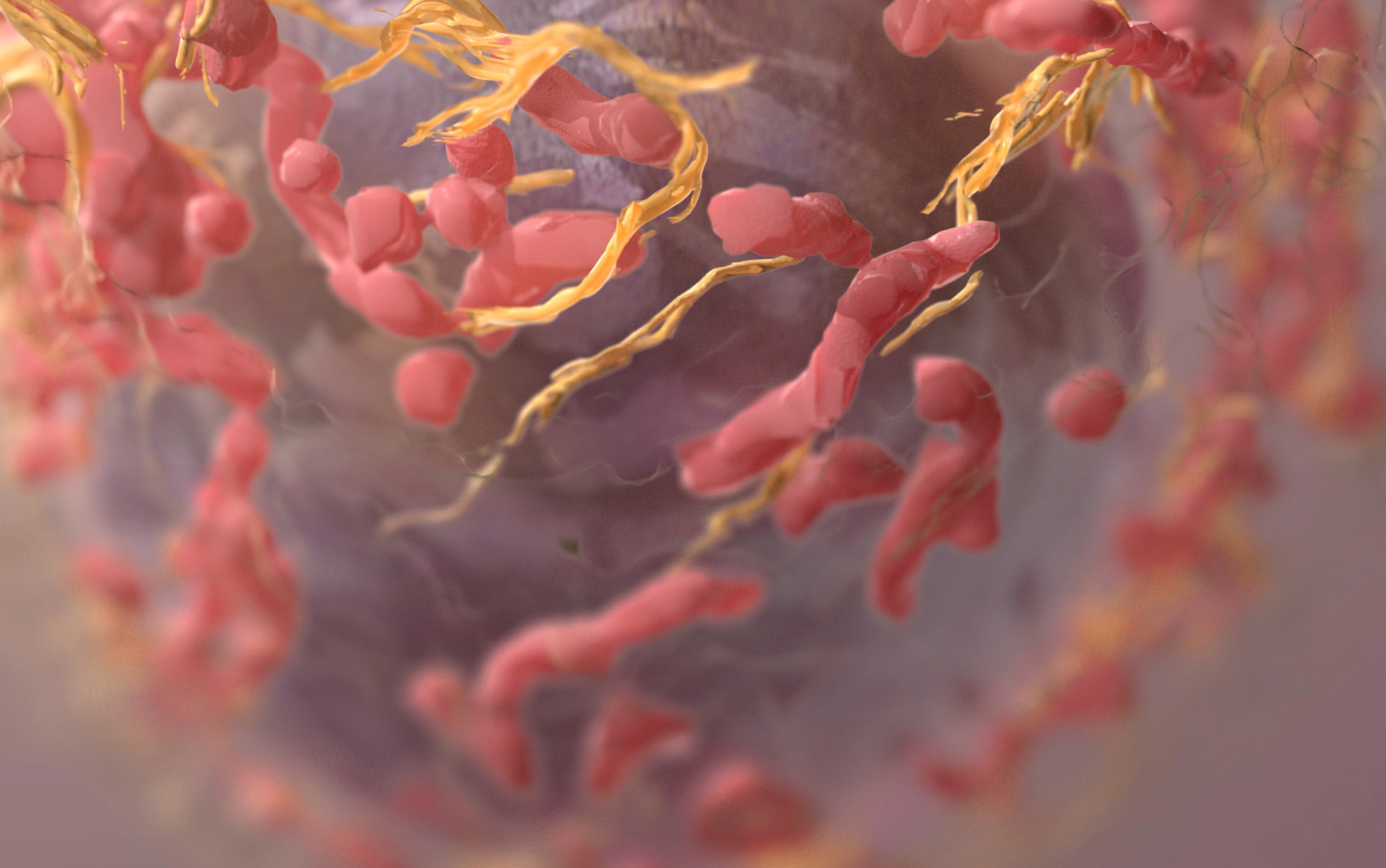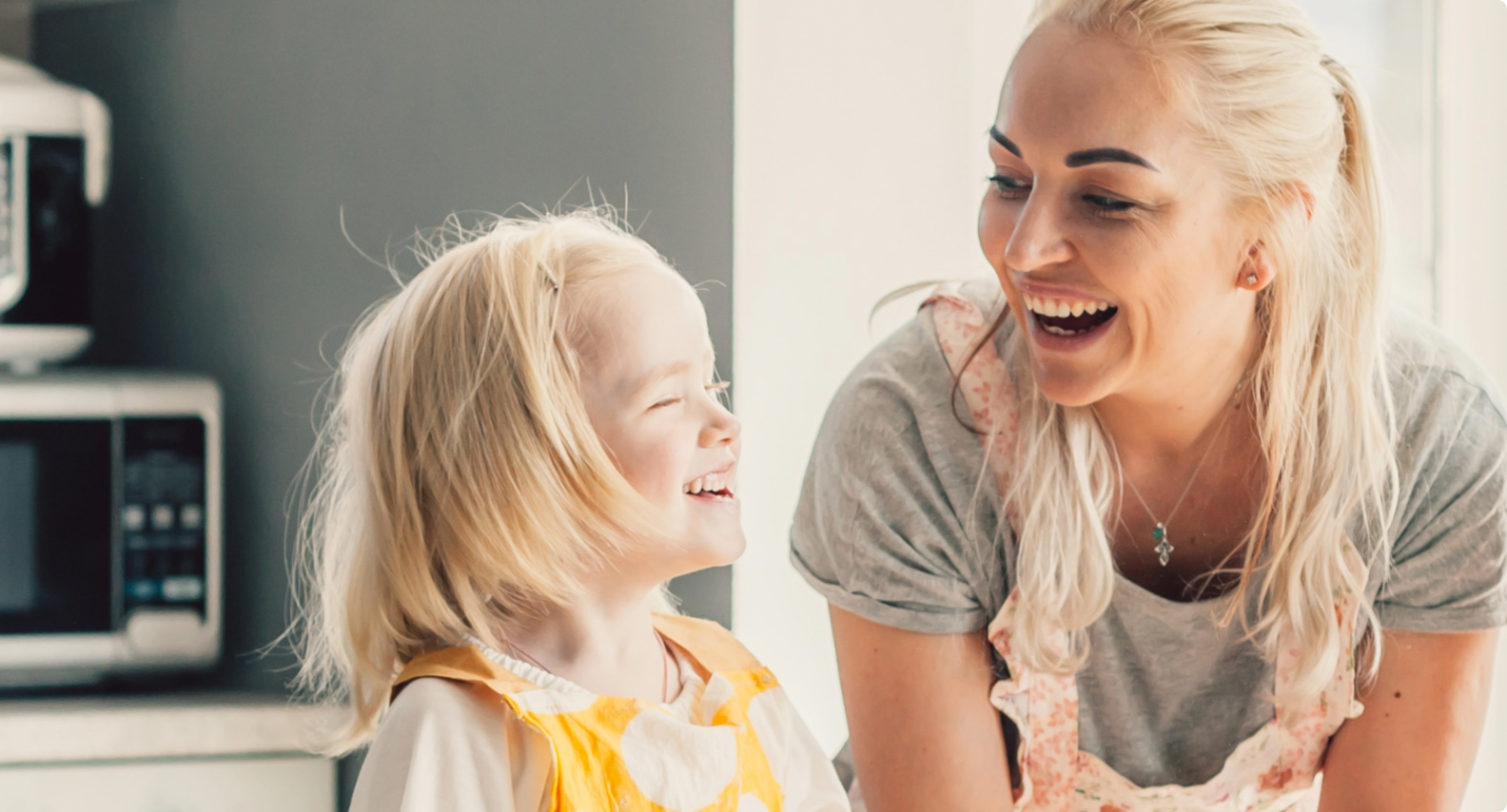Noted author Julia Hobsbawm is Soul Cycling to benefit OurBrainBank UK
Go Julia! Brilliant thinker and writer Julia Hobsbawm commits to doing 60 Soul Cycle sessions to raise funds for OurBrainBank.


OurBrainBank is working with world-class GBM doctors and data scientists to explore new ways to gather and research data reported by patients and caregivers ourselves. We see this as a way to accelerate the search for new treatments, and to help people on the GBM journey to improve their quality of life.

OurBrainBank is working with world-class GBM doctors and data scientists to explore new ways to gather and research data reported by patients and caregivers ourselves. We see this as a way to accelerate the search for new treatments, and to help people on the GBM journey to improve their quality of life.
So far, research around GBM has largely been confined to clinical trials — limited in number and often difficult to get onto. Advances in science and technology are opening up a whole new world of health data. We want GBM patients and caregivers to be part of that new frontier, driving change through their own reported data.
SURVEYS
We also collect data is through surveys that allow people in the GBM community to share their experiences. The published results help raise awareness, empower people to demand the best care possible, and (we hope) encourage overall change in how GBM is seen and treated.
Current (2024): We’re collecting data on disparities in GBM treatment. Take our survey online or by phone at 909-274-9486
2022-23: Personalized Care Survey
2019: Patient Action Charter Survey (basis of our GBM Bill of Rights)
2019: Clinical Trials Survey
PILOT STUDY
In 2018, we launched a pilot study using a free smartphone app that enabled patients or caregivers to track health indicators (such as sleep quality and mood), share data with clinicians, and contribute to research. Around 700 people living with GBM (and their caregivers) in the US and UK participated. The results were positive and showed that the data generated could be helpful for both patients and their clinicians.
We learned a great deal from our pilot study and are now evolving and building on our experience. Along with the data, we recorded feedback and recommendations from people living with GBM, their care partners, doctors, and researchers. Our results were published in major academic journals and presented at oncology conferences.
OurBrainBank is excited to be working with Harvard scientists on a project that will effortlessly generate valuable data directly from volunteers. We’re proud to partner with neuro-oncologists at the Dana-Farber Cancer Institute and data scientists at the Onnela Lab at the Harvard T.H. Chan School of Public Health.
DANO-GBM (Digital Assessment Neuro-Oncolgy) uses “passive data” — that is, data automatically generated on smart phones. We’re constantly generating data waiting to be captured and studied — eg number of calls or texts, physical mobility, or sleep patterns. This data can indicate how mobile we are, how connected we are to friends and family or, conversely, how isolated we are. Ultimately, our vision is to potentially help patients and doctors predict tumor recurrence prior to physical symptoms or the next MRI.
People with GBM are often left out of discussions about their own health journey. Our goal is that the GBM patient voice is incorporated into every clinical trial, all aspects of research, and all stages of treatment development.
OUR DATA MISSION
Go Julia! Brilliant thinker and writer Julia Hobsbawm commits to doing 60 Soul Cycle sessions to raise funds for OurBrainBank.
Ed Pilkington writes about his experiences and how the White House is working to improve treatment for GBM and all cancers.
OBB founder Jessica Morris’s book is excerpted by Forbes.
Have you or a loved one received a GBM diagnosis? We want to hear about your experience.
NW Biotherapeutics, maker of DC Vax to treat glioblastoma — applied for approval in the UK.
Go Julia! Brilliant thinker and writer Julia Hobsbawm commits to doing 60 Soul Cycle sessions to raise funds for OurBrainBank.
Ed Pilkington writes about his experiences and how the White House is working to improve treatment for GBM and all cancers.
OBB founder Jessica Morris’s book is excerpted by Forbes.
Have you or a loved one received a GBM diagnosis? We want to hear about your experience.
NW Biotherapeutics, maker of DC Vax to treat glioblastoma — applied for approval in the UK.
